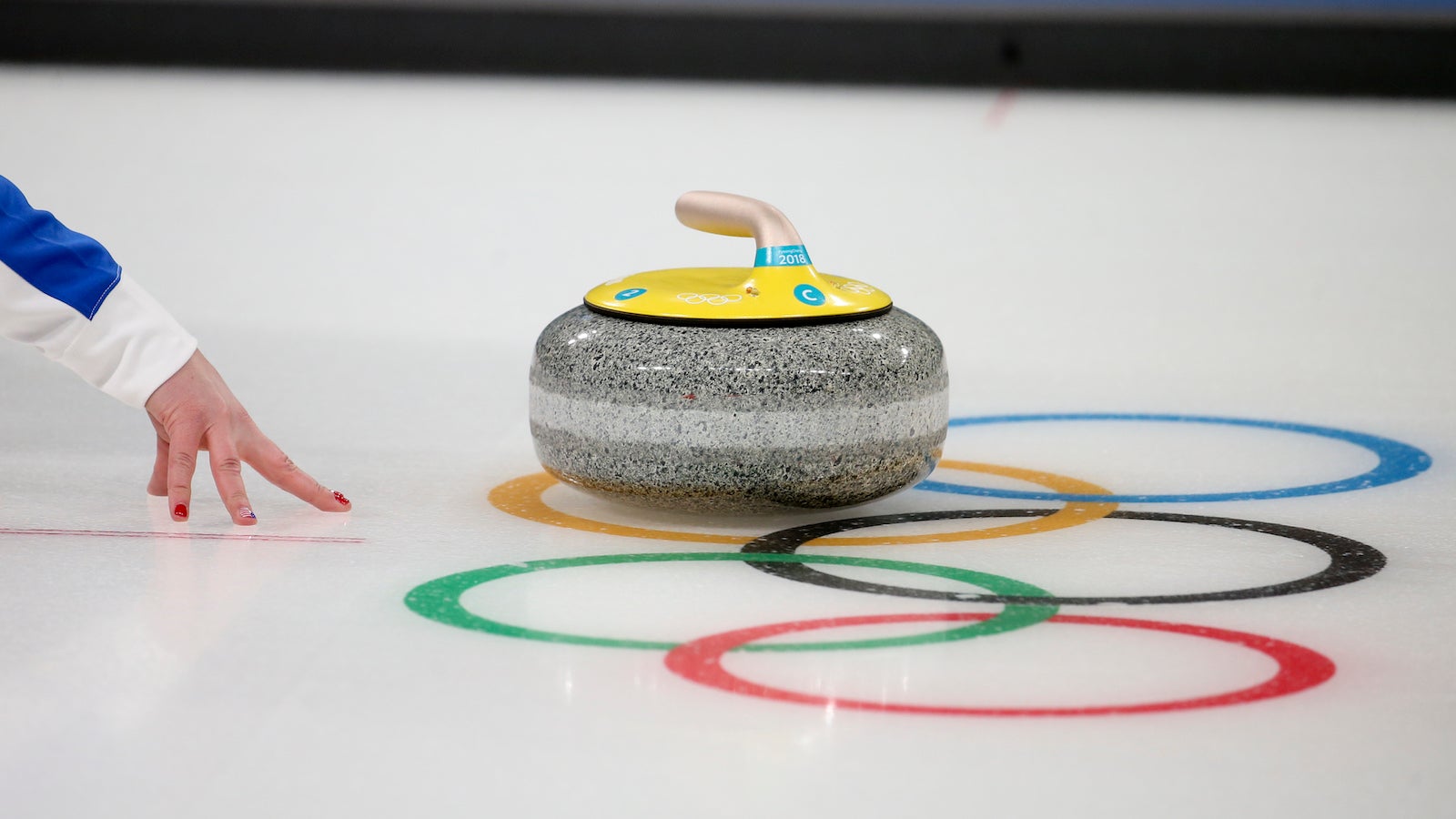How to explain Winter Olympics events to a Summer Olympics fan
Growing up in Australia, I never really paid attention to the Winter Olympics. The skating, the luging, the curling… it was like Olympics Lite: a series of cold contests where people wear very tight lycra and go very fast down very tall things.


Growing up in Australia, I never really paid attention to the Winter Olympics. The skating, the luging, the curling… it was like Olympics Lite: a series of cold contests where people wear very tight lycra and go very fast down very tall things.
But in the lead-up to the 2018 Pyeongchang Olympics, I’ve realized that I’m in the minority. Now living in the Northern Hemisphere, where I, Tonya is selling out movie theaters and skiers are lamenting Colorado’s historically bad snowfall, it’s now clear that the sandy beaches of my childhood have created an implicit bias: I’m sportsist.
In fact, those who live in colder climes probably think the Summer Olympics are just a bikini-clad laugh. Norway, for example, ranked second at the 2014 Sochi Olympics with 11 gold medals and 26 overall—only three medals behind the host country, Russia. What about their rank in the most recent Summer Olympics, in Rio? That would be, ahem, 74th, with only four medals—all bronze.
Looking back, it’s clear why I thought the Winter games were the lesser spectacle. Australia entered its first Winter Olympics in 1936, but it took us 58 years to even win a medal (in 1994, for the men’s 5,000 meters short-track relay speed skating). We got another bronze in the slalom in 1998, and then in 2002, we won our first gold by pure, crazy luck.
Steven Bradbury (who was part of the team that won bronze in 1994) was coming dead-last in the individual 1,000 meter short-track speed skating event when every other skater had a mass pile-up on the final corner. Even though he was 15 meters behind with only 50 meters to go, Bradley cruised across the finish line in first place, wearing one of the best facial expressions seen in Olympics history.
This made Australia the first country in the Southern Hemisphere to win gold at the Winter Olympics. (We also scored another gold that year: Alisa Camplin won the aerials event—on pure merit, however.) By comparison, at the following Summer Olympics in 2004, Australia won 49 medals, including 17 gold.
So, of course I never took the Winter Olympics seriously: The Southern Hemisphere just doesn’t have the star power, the national appetite, or, quite simply, the snow. But now that I live in New York, a city where people can snowboard down suburban streets, I’m realizing that the Winter Olympics are not the lesser Olympics. In fact—they might even be the better ones.
But here’s the thing: I still don’t really understand what’s going on, and I bet many others who originated south of the equator don’t, either. To get us through the Pyeongchang games with the grace of a triple axel, here is a handy Quartz translation guide of the main sports in the Winter Olympics, explained using Summer Olympics events:
Winter Olympics sports, defrosted
Figure skating: Rhythmic gymnastics on ice, except with better falls and more severed fingers.
Ice hockey: Field hockey on ice, expect everyone beats each other up.
Curling: Archery on ice, except with a 44 lb granite stone.
Snowboarding: Equestrian on snow, except your horse travels 50 mph.
Speed skating: Ussain Bolt and Asafa Powell on ice.
Short-track speed skating: The entire Jamaican track team on ice.
Bobsled: Rowing in a canoe, except the river is a deathly ice luge.
Luge: Diving, except feet-first down a deathly ice luge.
Skeleton: Diving, except head-first down a deathly ice luge.
Ski jumping: Long jump, except you leap 250 meters—across a mountain.
Freestyle skiing: BMX cycling with even better airtime.
Alpine skiing: Track cycling with even tighter turns.
Cross-country skiing: Mountain biking with even tighter onesies.
Biathlon: Cross-country skiing WITH GUNS.